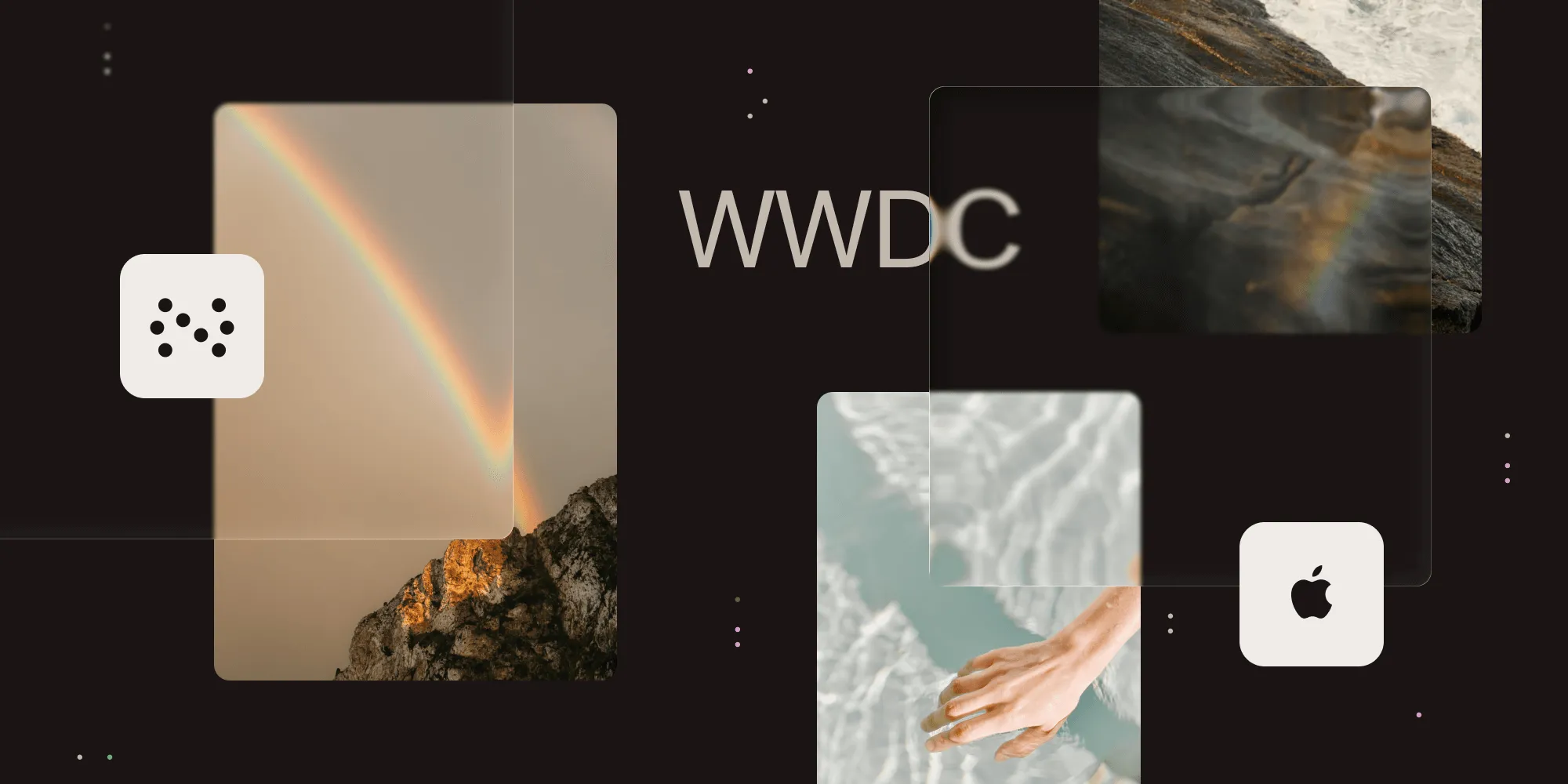Technological advancements and software sustainability
Table of contents

In the dynamic world of software development, the decisions made by tech giants like Apple and Microsoft significantly shape the landscape of software development. To state the obvious, these decisions drive the software development industry forward with innovation — new frameworks, languages, and tools push the boundaries of what’s possible, enabling developers to create more efficient, performant, powerful, secure, and user-friendly applications.
At the same time, to keep up with trends and maintain, adapt, and improve software over time in a stable and consistent manner, developers face significant challenges that can disrupt the continuity and quality of their projects. Understanding these issues is crucial for navigating the turbulent landscape of modern software development.
Challenges in Maintaining Sustainable Software Quality
When big players make drastic changes, developers are forced to adapt to stay relevant and competitive. This can strain resources and significantly impact the quality of software projects, considering that — at times — it can become a “rushed job.” Developers need to invest time into learning new frameworks and tools, which can slow down development as they familiarize themselves with new paradigms. Additionally, adopting new technologies often requires updates to development environments, tools, and infrastructure, which can be both costly and time-consuming.
Maintaining support for legacy systems while adopting new technologies is another challenge. Rapid changes can make software accumulate technical debt, as developers might take shortcuts to quickly adapt to new technologies, potentially compromising long-term quality.
The rapid pace of technological change can have mixed effects on the profitability of software products. Frequent updates and migrations increase development costs. Small businesses and independent developers may find it particularly challenging to allocate the necessary resources. On the flip side, leveraging new technologies can open up new market opportunities. Cutting-edge features and performance improvements can attract more users and justify higher pricing models.
Transition Adventure: Smooth or Rocky Roads
Sometimes, transitions to new technology can be easy and seamless. For example, when TypeScript successfully superseded JavaScript, it also made sure that all JavaScript code remained valid TypeScript code. This means developers can gradually introduce TypeScript into their existing JavaScript projects without the need to rewrite everything from scratch. Here at PSPDFKit, TypeScript’s backward compatibility enabled our Web team to migrate from the previous Flow-typed codebase to TypeScript without involving complex refactoring while allowing us to continue working on our roadmap in parallel.
When Apple introduced SwiftUI, the company allowed the new framework to coexist with UIKit, enabling incremental adoption of SwiftUI in new parts of its applications while maintaining existing UIKit code. As a result of this, during the very week that SwiftUI was announced, it took us less than an hour to show a document using PSPDFKit in a SwiftUI app. Since then, we’ve increased the amount of customization possible when using PSPDFKit from SwiftUI, but if necessary, our customers can easily fall back to our UIKit-based API, which offers more customization points simply because it’s existed for so much longer. Internally, we’ve found SwiftUI is a great option for implementing new views or redesigns of existing ones while keeping most of our UIKit code.
However, there are also challenging examples of introducing new technologies. The most hurtful scenario is when developers invest time and money into adopting a new technology, and then the giants decide to deprecate it. What a waste!
A notable example is Microsoft’s deprecation of the Universal Windows Platform (UWP). It was introduced with the promise of a unified development platform for creating apps that could run on various Windows devices, leading many developers to invest heavily in it. However, Microsoft later shifted focus to the Windows App SDK, in turn requiring developers to migrate their applications to the new SDK, which was neither straightforward nor inexpensive. The shift also led to fragmentation, with some applications still relying on UWP while others moved to the new SDK. This fragmentation complicates the maintenance and integration of software across different platforms.
Balancing Innovation and Sustainability
At PSPDFKit, we deal with numerous platforms and technologies, and we have an established reputation for being at the forefront of new technologies. We’ve also experienced plenty of turbulence with new technology. Sometimes it’s easier, and sometimes it can be very painful, but we always strive to keep up with the newest trends and offer our customers innovative and reliable solutions. We try to be smart about it, adopting new technologies incrementally, while keeping support for deprecated ones for customers who aren’t particularly keen on making changes. Maintaining detailed documentation of both deprecated and current systems helps our customers navigate often tectonic changes more effectively and ensures knowledge continuity.
Does a conclusion lend itself here? Well, yes and no. While there are good practices for balancing innovation and sustainability — like we achieve with incremental adoption with phased rollouts and hybrid approaches — the reality is that we cannot control the direction in which the market moves. Big tech will continue to drive innovation at a fast pace, and as developers, we must remain agile and adaptable. Ultimately, our ability to thrive in this ever-evolving landscape hinges on our willingness to embrace change and continuously learn, ensuring we can deliver cutting-edge, high-quality solutions to our customers.







